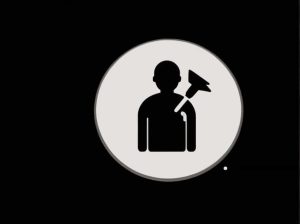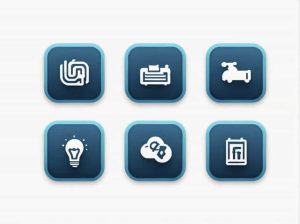Unemployment is a common economic challenge but not all types of unemployment are the same. Frictional unemployment is a temporary and natural part of the job market. It occurs when individuals are in between jobs searching for better opportunities or entering the workforce for the first time.
This topic will explain what frictional unemployment is provide real-world examples discuss its causes and examine how it impacts the economy.
What Is Frictional Unemployment?
Frictional unemployment refers to the short-term unemployment that happens when people are voluntarily transitioning between jobs or entering the job market. Unlike cyclical or structural unemployment frictional unemployment is not caused by economic downturns or technological changes. Instead it is a sign of a dynamic labor market where people are seeking better job matches.
Characteristics of Frictional Unemployment
- Temporary – It lasts for a short period while workers find new jobs.
- Voluntary – It often happens because individuals choose to leave their jobs.
- Inevitable – It exists in every economy as workers change jobs or careers.
- Not a negative sign – It can indicate economic growth as people move toward better employment opportunities.
Example of Frictional Unemployment
Example 1: A Recent College Graduate Searching for a Job
Sarah has just completed her degree in business management. She is actively applying for jobs but has not found the right position yet. During this time she is frictionally unemployed because she is between education and full-time work.
Example 2: A Software Engineer Moving to a Better Job
John is a skilled software engineer working for a small tech company. He receives an offer from a larger company with higher pay and better benefits. Before starting his new job he takes a short break to relocate and prepare. During this transition he experiences frictional unemployment.
Example 3: A Teacher Relocating to a New City
Emily a high school teacher moves to another state because her spouse got a job there. She needs time to find a new teaching position in her new location. The period she spends job searching is considered frictional unemployment.
Causes of Frictional Unemployment
Several factors contribute to frictional unemployment including personal decisions job market conditions and economic policies.
1. Job Transitions
Many workers voluntarily leave their jobs to look for better salaries improved working conditions or career growth opportunities.
2. New Entrants to the Labor Force
Fresh graduates and individuals returning to work after a break (such as parents re-entering the workforce) experience frictional unemployment while seeking employment.
3. Geographic Relocation
Workers moving to a different city or country for personal reasons may experience a period of unemployment before securing a new job.
4. Changes in Industry Demand
Sometimes employees leave their jobs due to industry shifts and need time to adjust their skills or find new employment.
How Frictional Unemployment Affects the Economy
Positive Effects
✔ Encourages career mobility – People can find jobs that better match their skills.
✔ Leads to higher wages – Workers moving to better jobs can increase their earning potential.
✔ Improves job satisfaction – Employees find positions that align with their preferences.
Negative Effects
✘ Reduces productivity – When many people are between jobs economic output can temporarily slow down.
✘ Increases unemployment rates – High frictional unemployment can make a country’s job market look weaker than it actually is.
✘ Causes financial stress – Job seekers may face economic hardship during their transition period.
How to Reduce Frictional Unemployment
Although frictional unemployment is natural some measures can help reduce its impact and shorten the job search period.
1. Better Job Matching Services
Governments and private organizations can improve job placement services to help workers find employment faster.
2. Career Counseling and Training Programs
Providing career guidance resume assistance and skill development programs can help job seekers secure employment more quickly.
3. Digital Job Search Platforms
Online job boards networking websites and AI-based job-matching tools can help connect employers and job seekers more efficiently.
4. Unemployment Benefits
Temporary financial support can help workers cover their expenses while they search for better job opportunities.
Frictional Unemployment vs. Other Types of Unemployment
Frictional unemployment is different from structural cyclical and seasonal unemployment.
| Type of Unemployment | Cause | Example | Duration |
|---|---|---|---|
| Frictional Unemployment | Job transitions new job seekers | A teacher moving to another city and job searching | Short-term |
| Structural Unemployment | Skills mismatch technological changes | Factory worker losing job due to automation | Long-term |
| Cyclical Unemployment | Economic downturns | Layoffs during a recession | Temporary (depends on economy) |
| Seasonal Unemployment | Changes in demand due to seasons | A ski instructor unemployed in summer | Predictable short-term |
Frictional unemployment is a natural and temporary form of unemployment that occurs when workers transition between jobs enter the workforce or relocate. Unlike other types of unemployment it is not caused by economic downturns or technological changes.
While frictional unemployment has both positive and negative effects job search assistance career training programs and digital job platforms can help reduce its impact.
By understanding how frictional unemployment works both job seekers and policymakers can create a more efficient and dynamic labor market that benefits individuals and the economy as a whole.



